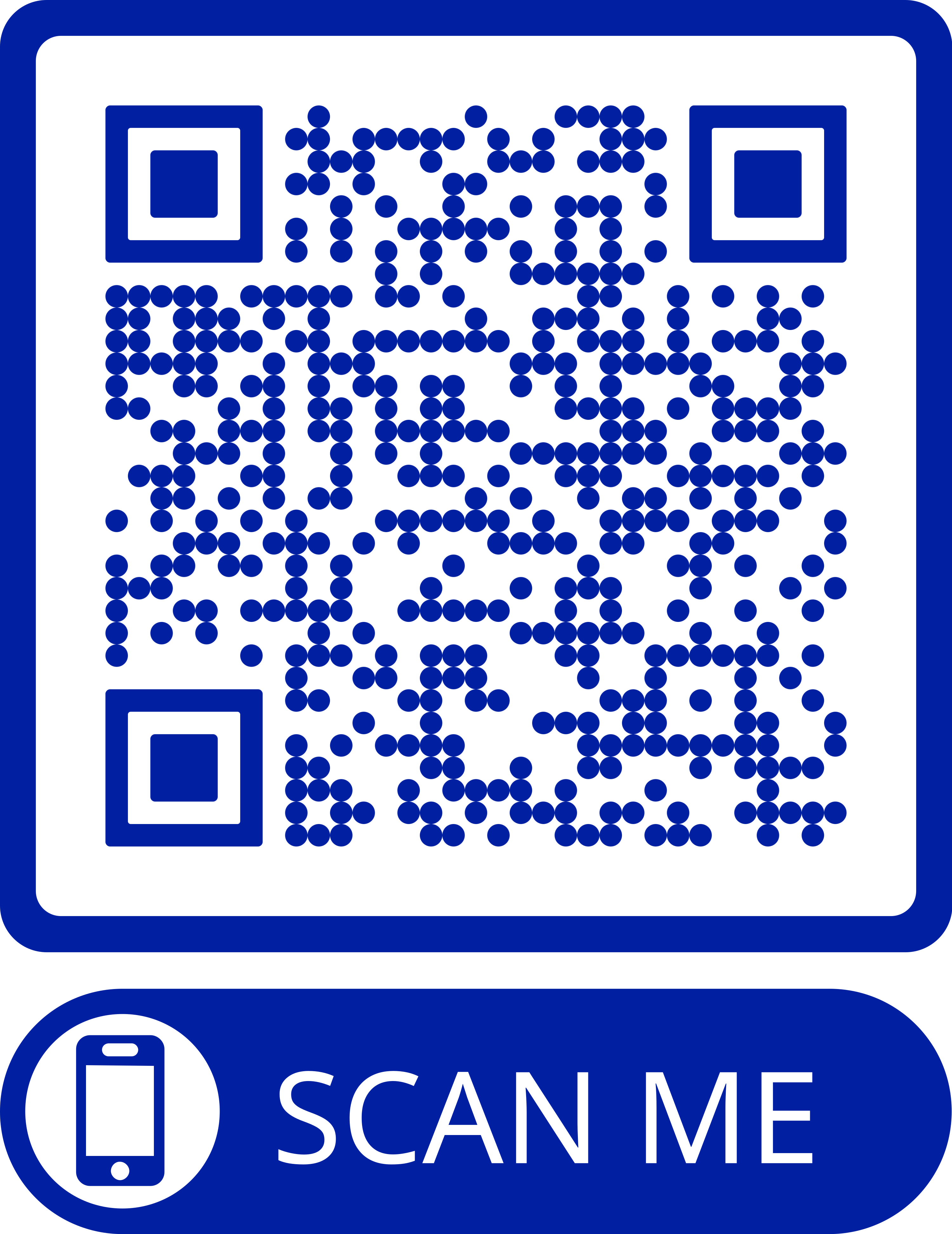- Reference Number: HEY1267/2021
- Departments: Speech and Language
- Last Updated: 31 December 2021
You have been referred for a Fibreoptic Endoscopic Evaluation of Swallowing (FEES) to gain further information about your swallowing difficulty.
What is FEES?
The FEES will be carried out by two Speech & Language Therapists (SLTs). It involves passing a small camera (a small, flexible endoscope) into one nostril and along the floor of the nose to look down into your throat and voice box. We will give you some food and / or drink (which may be dyed with food colouring to help us to see it). After the procedure you may be able to see your throat and swallowing on the television monitor if you choose.
How will this help?
We use FEES to understand and help with problems that people can have with swallowing. We can see:
- whether food, drink or saliva is going down the wrong way (i.e. into your airway – this is called silent aspiration) without you realising it and, if so, why this might be happening.
- whether some food and drink consistencies are easier for you to swallow than others and why.
- whether your swallowing difficulties can be helped by altering the position of your head or body.
- the amount of food and drink that you can safely swallow with each mouthful.
How long will it take?
The small tube will be in your throat for around 10 to 15 minutes. After the assessment the SLTs will watch the video of your swallow in further detail and prepare a report. This and any recommendations will be discussed with you, usually on the same day. You will be asked to sign a form to give your consent for this procedure before it begins.
Can I eat and drink before the examination?
Unless you have been advised otherwise, you can eat and drink as normal before the assessment. If you are currently feeding through a tube, you can take your feeds as normal up until your assessment. It is important that you let the SLT know about any food allergies.
Is the procedure safe? Is it uncomfortable?
This is normally a safe procedure. At times, the passing of the small tube through the nose may cause some discomfort. There is also a small risk of a nose bleed. Once the tube is positioned in the throat, any discomfort usually stops.
What do you do with the recordings?
The images are saved electronically and kept securely with your hospital records for eight years.
Should you require any further advice on the issues contained in this leaflet, please do not hesitate to contact the Speech and Language Therapy Department tel: 01482 604331

